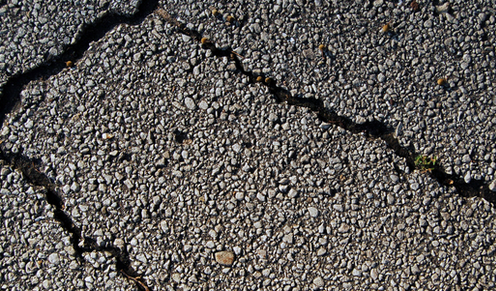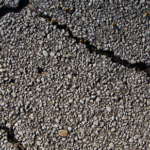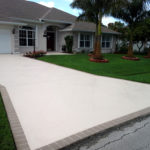The Difference between Crack Filling and Crack Sealing
 Asphalt pavements and surfaces eventually wear away due to exposure to traffic and weather elements. Those surfaces will require restoration and repair eventually. Maintenance of the surface makes use of terms such as sealing and filling. It is seen that the term crack sealing and crack filling are used interchangeably. Many people confuse them for one another, but there are certain differences in these methods. It is essential to understand the differences so as to provide an effective treatment for the asphalt pavement or surface, as well as look for the most cost-effective solution.
Asphalt pavements and surfaces eventually wear away due to exposure to traffic and weather elements. Those surfaces will require restoration and repair eventually. Maintenance of the surface makes use of terms such as sealing and filling. It is seen that the term crack sealing and crack filling are used interchangeably. Many people confuse them for one another, but there are certain differences in these methods. It is essential to understand the differences so as to provide an effective treatment for the asphalt pavement or surface, as well as look for the most cost-effective solution.
The cracks
Over time, stress gets built up on the surface layer that exceeds the tensile strength of the pavement. The results are cracks and fissures that open the surface. The kind of cracks and the reasons behind will determine the methods used to repair those cracks in pavement surfaces. The type of sealing or filling operations is dependence on the cause of the crack. There are different types of cracking that are the result of various distress mechanisms such as fatigue cracks, transverse cracks, edge cracks, reflective cracks, longitudinal cracks and slippage cracks. Ideally speaking, the crack treatments should be applied during moderately cold weather conditions when the crack width is the widest at its midpoint.
Crack Sealing
Crack sealing prevents the invasion of water and other materials into cracks. The methods can vary according to the amount of crack preparation and the kind of sealant materials. The specialized high-quality material is placed between working cracks and it is a longer-term treatment as compared to crack filling. Crack sealant must be effective in adhering to the walls of the crack and expand or contract over a range of temperatures without any ruptures. It should resist abrasion and damage caused by traffic.
Crack Filling
Crack filling involves the placement of materials into the low movement cracks to lower the infiltration of rainwater and incompressible materials into the crack. However, this procedure requires lesser preparation for cracks than sealing and there are lower performance requirements from the filler materials. It is suitable for active or non-active cracks and requires flexible characteristics such as carrying some elasticity and resisting abrasion.
Crack sealing and or crack filling?
The installation should be neither too cold nor wet, and planning can differ depending on the type of crack and the treatment method chosen. The first question is to decide between sealing or filling a crack. The cracks may open and close because of the changes in the temperature and moisture and undergo vertical movements. It must be established if the crack is working or non-working and if it is going through any kind of horizontal or vertical movement.
Crack sealing is usually done for the crack width wider than 6 mm. Working cracks show transverse or longitudinal movement to the pavement, but the most common are transverse. Those cracks with limited deterioration on edges should sealed. Choose the right method and martial depending on the nature of cracks and the amount of preparation required.
If you need Boca Raton concrete pouring, you can check bocapalmbeachconcretepinpiles.com
Contact us
 Phone Call |
 Text Message |
 |







